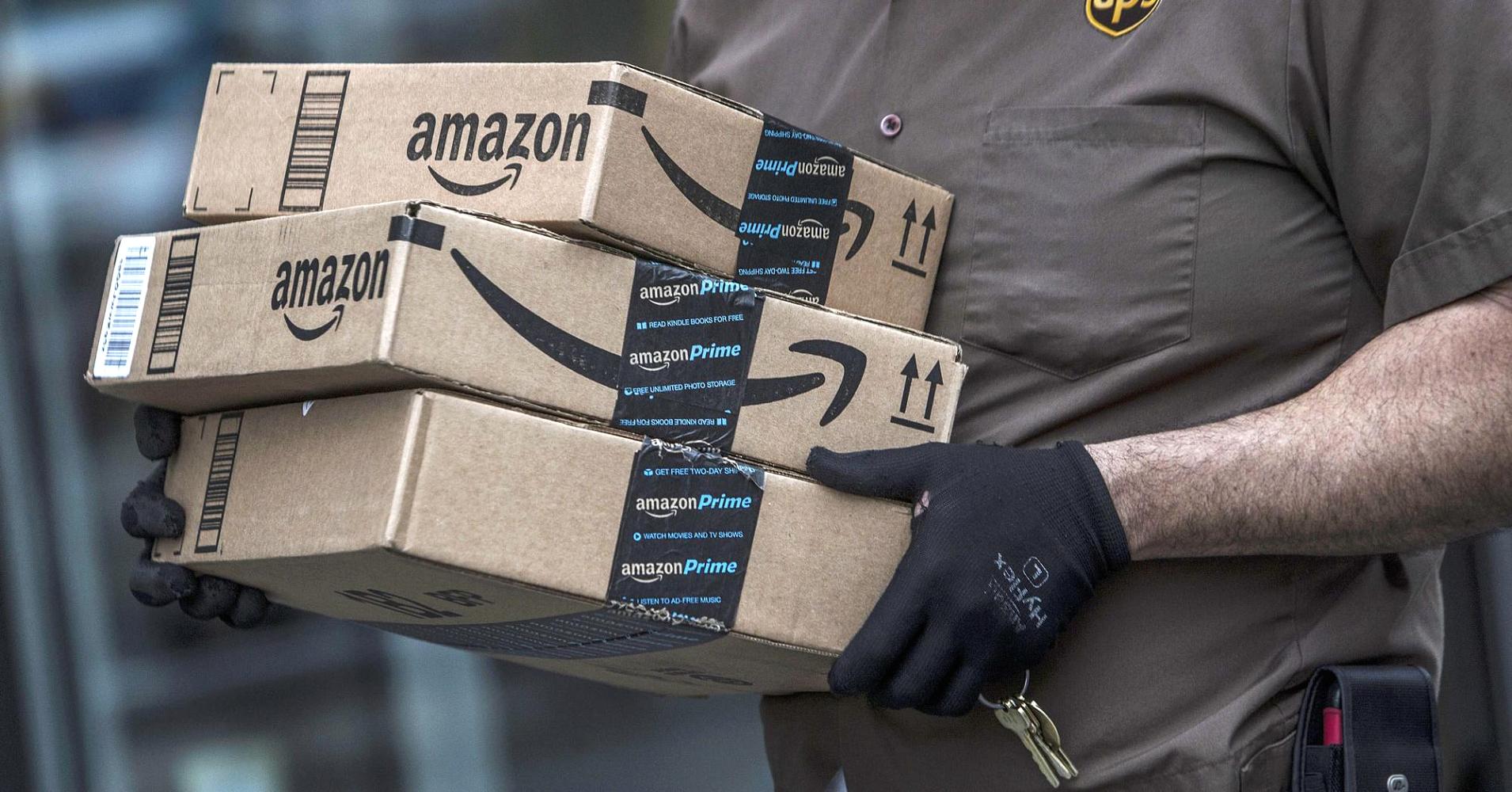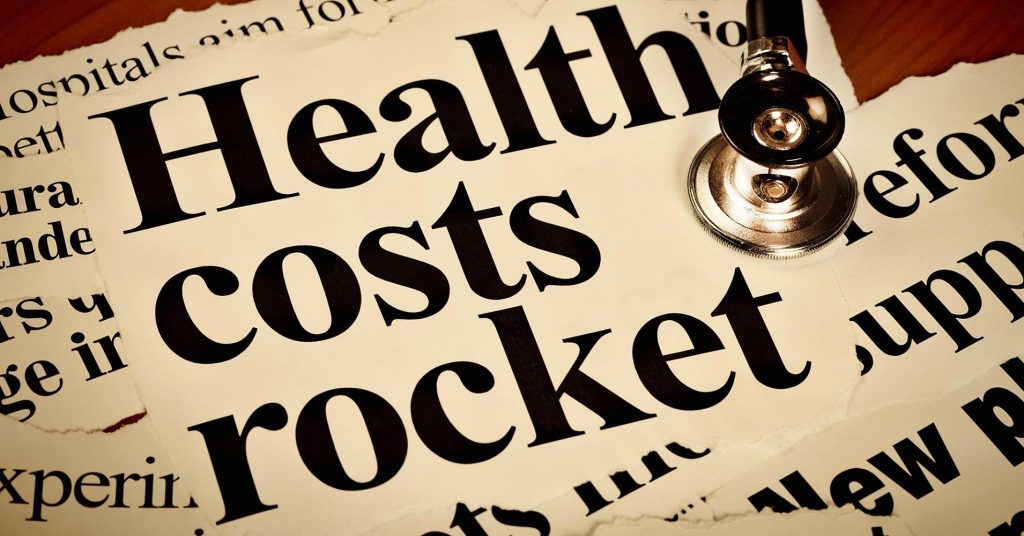
Amazon has become the superstore of the millennial generation, a one-stop shop for anything and everything that you can then have delivered straight to your door — often for free if you’re also an Amazon Prime member. With the incredible convenience comes one major issue: Amazon can be a counterfeiter’s dream.
Part of what makes the Amazon ecosystem tick is their vast network of third-party sellers. Having so many sellers makes it difficult for Amazon, if not impossible, to police them all. Unwitting consumers have found themselves receiving shoddy or even dangerous items.
When you see a vendor on a street corner selling Rolex watches for $20, it’s not that hard to deduce that they are fakes. The same principle can be applied to products on Amazon. When the price of an item is way below market value, the odds are pretty good that you’re not getting the Real McCoy.
More from Gobankingrates:
Seeing Green: how much states make from cannabis
5 surprisingly easy ways to be responsible with your tax refund
The 5 costs I didn’t expect when my son went off to college
When you spot something that’s priced at a steep discount, do your research. Look up the price elsewhere on the web or at a nearby store, and be skeptical if the Amazon-listed item is priced well below any other sellers’ prices.
People don’t generally sell really expensive stuff for way less than other vendors without a specific reason — one that you should be able to confirm. When you can’t confirm a reason, the odds are the product is a scam rather than a miraculous bargain.
Plenty of third-party sellers use Amazon’s platform to sell their wares, taking advantage of the vast customer base that flocks to the site, which can be a blessing and a curse. When the seller isn’t a name that you immediately recognize, it could mean that it’s a smaller store or one not located nearby. However, it could also mean that it’s just a front for selling fake items.
Make a point of researching every seller, especially if there’s anything on the page that seems suspicious. Odds are good that someone has complained publicly if the seller has been passing off counterfeit wares. What’s more, if the seller is legitimate, it shouldn’t be difficult to find information about them and confirm that they’re real.
Although it’s not a catch-all, if you only order items that are available with Amazon Prime, you can decrease the chances of being fooled.
When you find a product that you already know well, but you’ve never heard of the brand that made it — there’s a good chance it could be a fake. Counterfeiters will frequently make cheap versions of popular or easily-copied items that they can sell for a lower price than the legitimate versions.
When you’re buying a common item but the brand isn’t one you know, make a point of doing a quick search to see if there’s any readily available information about the seller. You can undoubtedly find the occasional company that’s making a generic version of a brand-name item without compromising on the quality, but it should leave a trail of satisfied customers in its wake. Consider it a red flag if there’s negative information about the company — or no information at all.
When there’s a series of excessively positive reviews for an item, it can be a bad sign. In particular, if every review is five stars or features suspicious language, it’s possible that someone is composing false reviews with the goal of deceiving potential customers.
Amazon includes a “verified purchase” label that indicates that the person writing the review has actually purchased the item. What’s more, you can often spot a fake review by the language used, which might include specific descriptions that sound more like a sales brochure than someone registering an honest opinion about a purchase.
Reviews alleging that the product is fake can be a pretty solid indicator to avoid the transaction as well.
Instead of allowing you to pay on Amazon’s site for the item you want, the third-party seller will ask you to text him. Upon texting, you’ll receive texts or emails that ask you to purchase an Amazon gift card for the amount of your purchase. You will likely be asked to provide the card number to the seller, but once the seller receives the Amazon gift card number, you’ll never hear from him again.
Do not order any items from sellers who request that you text or otherwise contact them. In addition, never purchase Amazon gift cards to pay for items at a seller’s urging.
When photos of a product seem just a little too perfect, there’s a good chance they aren’t real. Giving shoppers a chance to examine the detail on counterfeit goods is a plan that deceptive vendors would clearly want to avoid, so they’re more likely to rely on stock photography or pictures from an existing ad.
You can do a Google reverse image search to see if you can find the photograph elsewhere, and if it comes from another existing ad, there’s a pretty good chance the photo is pulled from the internet to avoid using a real one.
Likewise, the more pictures there are that allow you to examine the item closely from multiple angles, the more likely it is that you’re dealing with a seller who’s legitimate.
When the description of an item is pushing you to leave Amazon to shop elsewhere or find better deals on another site, you should view it as an enormous red flag. It’s one thing to passively advertise a company site or offer up a brief blurb about other products sold by the same company, but pushing hard to get you to visit off-Amazon websites is suspicious at best.
Amazon is a site designed specifically to sell things to people, so most legitimate vendors are probably comfortable with using it just for that. But off-Amazon websites potentially make it much easier to peddle additional fake items or even steal personal information or credit card numbers. Don’t leave the Amazon site to make a purchase, and don’t reveal personal financial information to suspicious sellers.
Keep reading about things you buy on Amazon.

